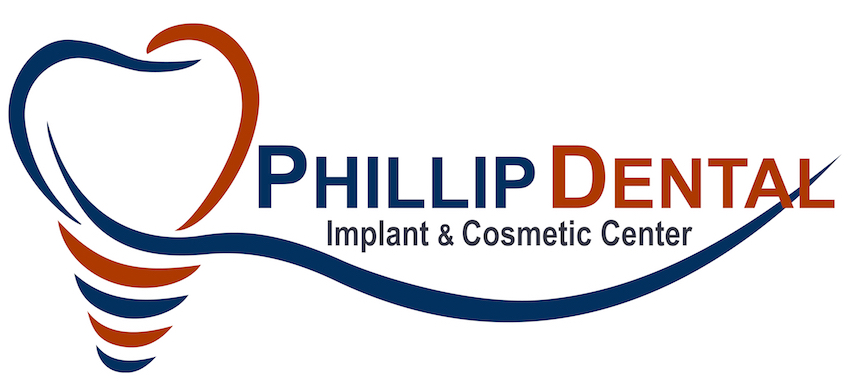
The sinus lift procedure is a relatively common surgical procedure that can make it possible for you to have implants even after suffering bone loss in the upper jaw area.
Why do some people lack jaw bone?
The loss of a tooth or teeth can mean that the bone in the jaw is absorbed back into your body, or you have lost bone because of gum disease.
What does a sinus lift do?
A sinus lift makes it possible to have dental implants, which many people prefer instead of dentures.
What happens before the sinus lift is carried out?
Dr. Phillip will take X-rays or give you a CT scan so that he can assess the bone in your jaw and look at your sinuses. Once this has been carried out you will be ready to have the procedure.
What is the procedure?
Dr. Phillip will make a cut into your gum, in the place your teeth were previously. When the bone is reached, there is a membrane lining your sinus. This is pushed upwards and the bone is placed in the space where the sinus was before. Dr. Phillip will then stitch up your gum and the bone is left to heal. Within months it is fused to your gum permanently, providing enough bone to insert implants.
Will I be anesthetized?
Yes, of course. You will be made to feel as comfortable as possible during the procedure. Your dentist will discuss the choices of pain relief available so that you can choose which method is best for you. Some patients prefer to be awake during dental work, while others like to have a general anesthetic so that they are asleep throughout the surgery.
Find out more about Sedation DentistryAre there any risks?
The risks associated with a sinus lift procedure are minimal. It is a very safe operation. There is a slight risk that the membrane of the sinus can be torn during the operation, which means that your dentist will have to repair the damage and let the tear heal before repeating the procedure. However, this rarely occurs.
What happens afterward?
Dr. Phillip will recommend that you use a mouthwash and take antibiotics for a short time after the operation. You might need to take a painkiller if you have discomfort, but this should only be mild. Dr. Phillip will probably want to see you once or twice more to make sure that there are no problems. If you didn’t have self-dissolving stitches, then the stitches you have will need to be removed after a week or ten days.
How long is it until I can have implants?
That very much depends on the amount of bone which was used in the graft. It usually takes between four and nine months for your mouth to heal and the bone to become hard enough to support implants.
If you have been thinking about dental implants and you would like to see if you would need a sinus lift, talk to Dr. Phillip about the procedure and the costs involved.



